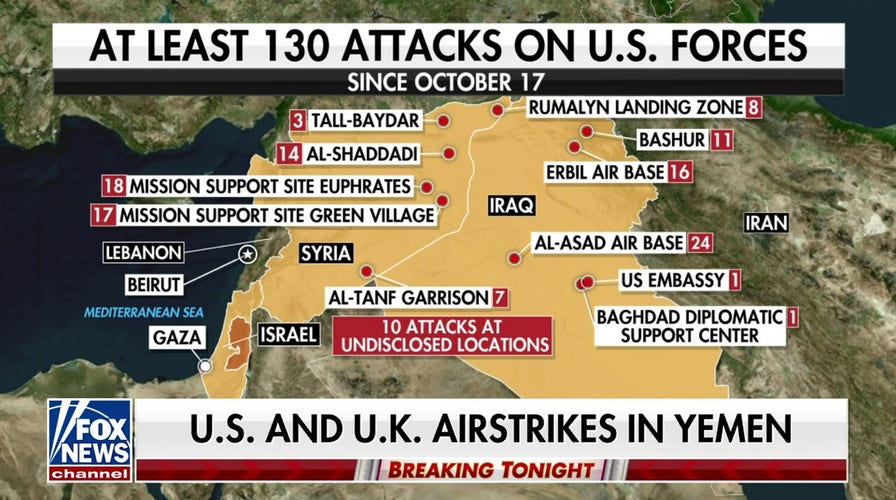Well, folks, here we are again. The US military has once again flexed its muscles, this time with strikes in Yemen’s northern city of Saada, leaving a heartbreaking toll of 2 dead and 9 wounded, as reported by Yemeni medical sources and media outlets on April 6th. Frankly, this feels less like a carefully calculated move and more like a bloody-minded escalation of an already volatile situation.

Seriously, what are we trying to achieve here? More instability? More civilian casualties? Just asking.
Let’s talk about the context for a minute. Yemen has been mired in a brutal civil war for years, largely fueled by regional power struggles. The Houthis, the group controlling much of northern Yemen, have been attacking ships in the Red Sea, prompting a response—and now, strikes.
Here’s a little background for those not steeped in geopolitical messiness:
The Houthis are a Zaydi Shia Muslim group, originating from northern Yemen. They’ve long felt marginalized by the central government.
The current conflict escalated in 2014 when the Houthis seized control of the capital, Sanaa, leading to a Saudi-led intervention aimed at restoring the internationally recognized government.
The Red Sea attacks are a response to the ongoing conflict and, according to the Houthis, a show of solidarity with Palestinians in Gaza. It’s a complicated web of grievances and power plays.
And honestly, these strikes? They’re a band-aid on a gaping wound. They don’t address the root causes of the conflict—the poverty, the political exclusion, the regional rivalries. They just add fuel to the fire. It’s a frustrating cycle, isn’t it? A tragic one, certainly.






